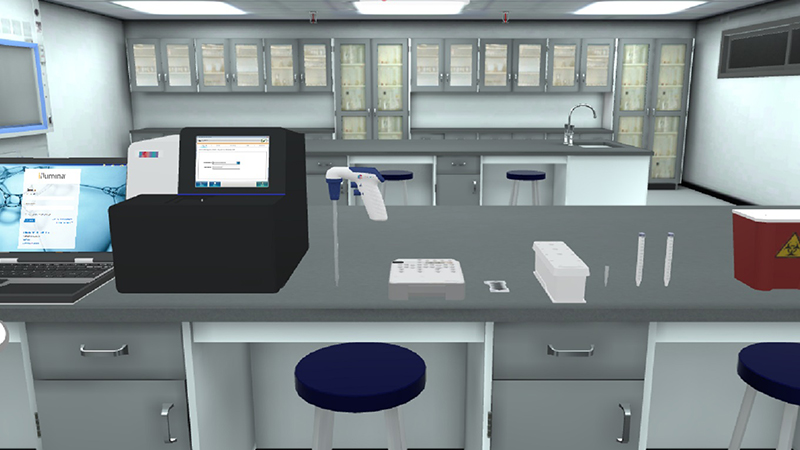





2.5M+
Active Users Worldwide
80%
Improved Learning Retention
60%
Reduction in Laboratory Costs
DNA sequencing detection in a sample.
Next Generation Sequencing (NGS), Whole Genome Sequencing (WGS), Nextera DNA library preparation kit.
By the end of DNA sequencing simulation, student will learn:
Cluster generation results in clonal amplification of all the fragments through the following steps:
DNA Sequencing then begins by the synthesis in the following manner:
In the DNA sequencing virtual lab, DNA Sequencing Simulation steps includes:
In DNA sequencing simulation we use Next Generation Sequencing (NGS), Whole Genome Sequencing (WGS). Nextera DNA library preparation.




